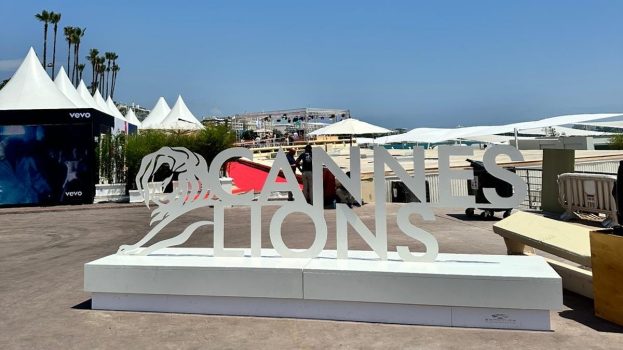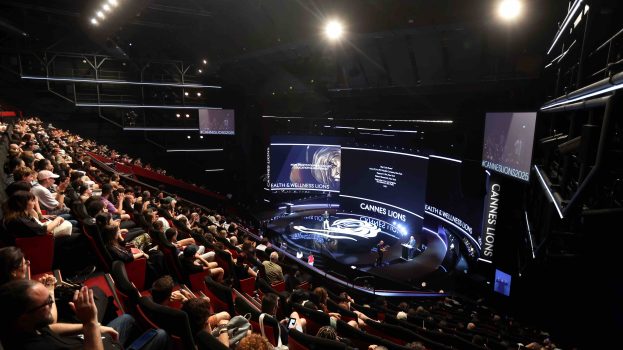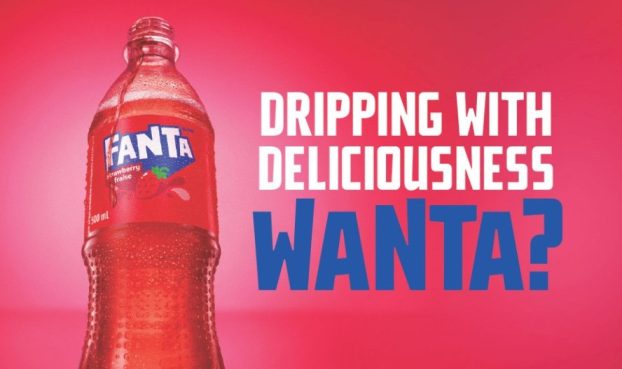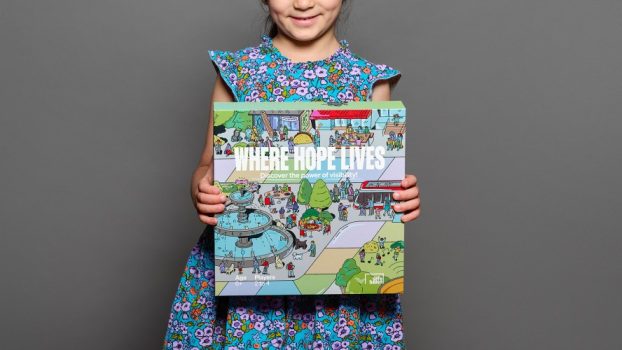We each read, with great sadness and concern, the news that the ICA had decided to abandon the CASSIES in favour of a Canadian Effies. The “we” in this case includes four members of the Marketing Hall of Legends, two of the original founders of the CASSIES and two former CMOs of major Canadian advertisers.
Our primary concern relates to the de-emphasis on a rigorous presentation of cause and effect in driving results. We think the Canadian marketing community should be concerned as well. The CASSIES are a more robust presentation of that cause and effect relationship than the Effies.
The advertising industry has never been lacking in award shows that recognize excellence in creativity and innovative thinking. We celebrate that as an important component of the industry for all sorts of reasons. We all believe in the power of creativity to drive powerful connections with target audiences, attract talent and inspire innovation. But not all celebrated creative communication that wins creative awards are effective in driving business results.
Clients invest in marketing and advertising to drive results, to build brand value. Our industry’s credibility is enhanced when we can clearly demonstrate the direct cause and effect between the messaging/engagement and the desired market response.
The CASSIES were created in 1993 with a deliberate focus on recognizing the powerful role that advertising has on driving business results. Creativity is subjective. Proven results are objective. At a time when clients have never been more challenged about the value of their advertising spends and when procurement managers routinely impact the outcome of pitches, for our industry to move to a less rigorous set of criteria to award advertising effectiveness seems short-sighted.
When written cases of proven advertising effectiveness was first mooted in the early 1990s, a committee consisting of Rupert Brendon (then the CEO of DMB&B, and later CEO of the ICA), Alan Middleton (later a professor at York University’s Schullich School of Business) and George Clements (head of research at JWT) examined the criteria used in the evaluation of the Effies, and instead unanimously chose those of Institute of Practitioners of Advertising’s (IPA) Advertising Works as the model around which the CASSIES were to be designed. This choice was made because of the much higher level of rigour involved in having to prove that the advertising, and not other factors, drove the business results and made the campaign a worthwhile investment for the client. Two-thirds of the emphasis in the IPA Awards is on proving the cause and effect case. The resulting CASSIES winning cases could then be considered “academic-level case studies proving a causal relationship between the advertising and the results.”
Has this indisputable fact been forgotten or just ignored by the ICA?
Since 1993, much has changed in our industry, and also in the CASSIES, Effies and IPA Awards. But the one factor that has remained constant is the CASSIES and the IPA Awards have demanded more rigour in proving advertising’s role in driving results than the Effies. This is evident when one compares the criteria for the two awards.
From the 2018 CASSIES website, one can see the focus is on rewarding superior/exceptional business results:
• Gold: Exceptional thinking and communications proven to deliver exceptional business results.
• Silver: Campaign with exceptional elements of thinking/communication proven to deliver exceptional business results
• Bronze: Campaign proven to deliver clearly superior business results
• No Award
The panel then also awards the Grand Prix for the “Best in Show.”
From the Effies North America site, only 30% of the score is on the business results. Their scoring is split across four criteria:
70% of the score, equally weighted for each section:
• Strategic Communications Challenge & Objectives
• Idea
• Bringing the Idea to Life (includes the creative and media strategies and the work itself)
30% of the score:
• Results
The scoring of the CASSIES has gradually changed over time to place more emphasis on the creative idea, rather than the effectiveness. Unfortunately, this has meant that campaigns that were highly effective, but not subjectively creative enough, would receive a Bronze, and no Gold might be awarded in the category. Clients who had shown up received a backhanded compliment and left angry.
[Ed. note: For comparison, judges for the CASSIES based 25% of their evaluations on the business results themselves, 15% on proving those results were caused by advertising and not other factors and 15% on the difficulty of the task set by the client to achieve certain results. Quality and originality of creative accounted for 30% of the score, with strategic thinking accounting for 15%. Prior to the 2017 edition of the awards, when the criteria was changed, 30% of the decision was based on business results, 20% on the cause-and-effect of the campaign on results, 30% on creative and 20% on strategic insights.]
It is not clear what the industry benefit is of walking away from the CASSIES. The reported benefit of the switch to the Effies – “increased recognition on the global stage” – makes matters even worse. This “global stage” is shared with 49 other countries, so we can look forward to the same kind of increased recognition as currently experienced by agencies in Guatemala and Equador from their Effies programmes. But, even if we did get some increased recognition, who would it be from? The advertising community of course. So we will be swapping rigorous analysis of our effectiveness for more insider backslapping.
We feel the ICA is doing a great disservice to its members and the broader advertising industry in making this change. We hope that this letter might spark a debate. At the very least we hope the winning CASSIES cases and David Rutherford’s deep insights in his Crossover notes will live on at the CASSIES website, unless this too is cancelled.
Signed,
Rupert Brendon (former CEO DMB&B and CEO of the ICA)
Dr. Alan Middleton (executive director, Schulich Executive Education Centre; distinguished adjunct professor of marketing, Schulich School of Business, York University)
David Kincaid (founder and CEO Level5 Strategy Group; former CMO, Labatt’s)
Jack Bensimon (president, Bensimon Byrne)
Mike Welling (president, Mike Welling & Associates, former VP, brand development, Unilever)
























